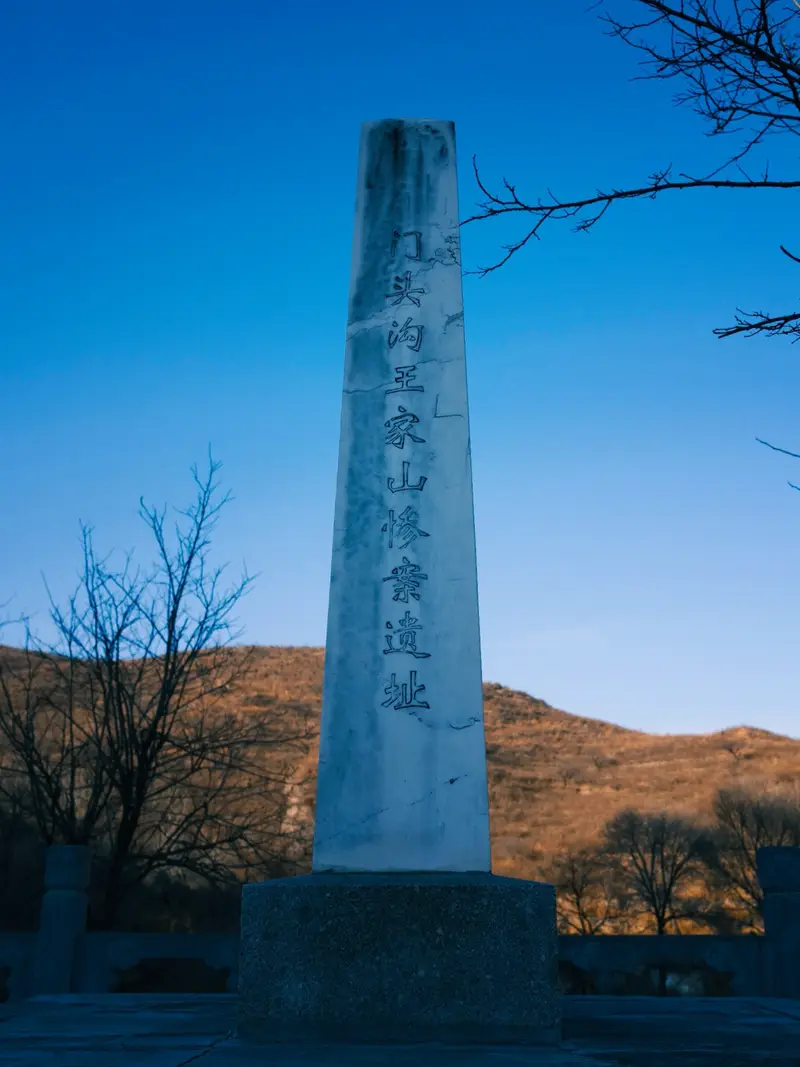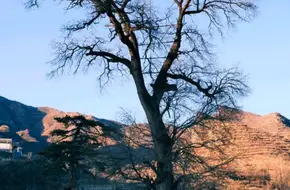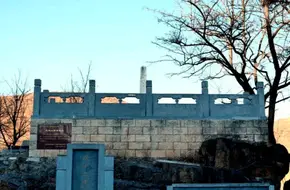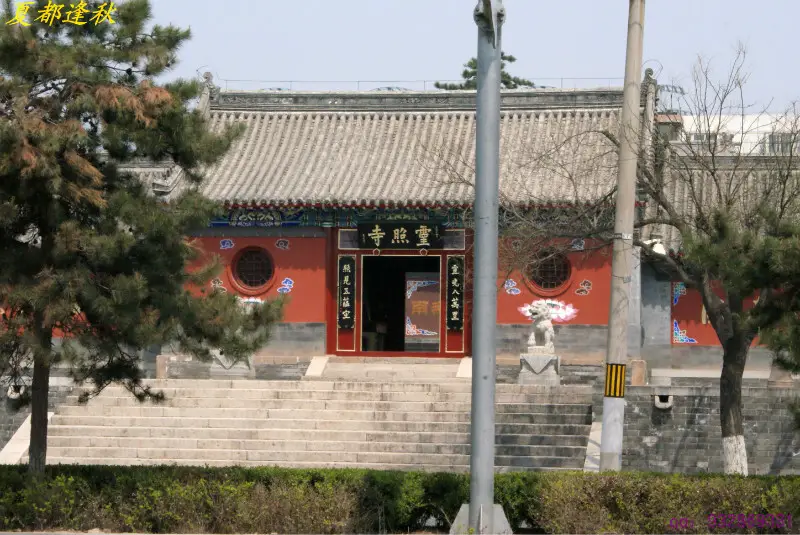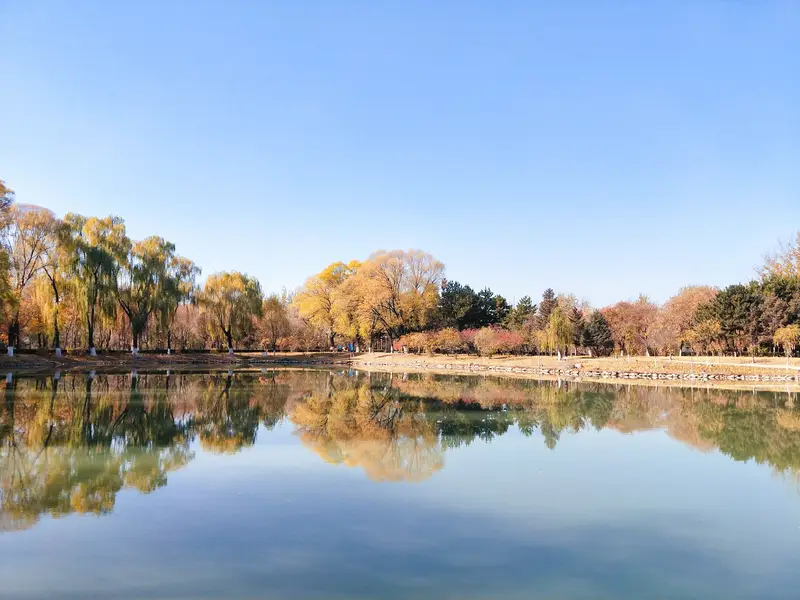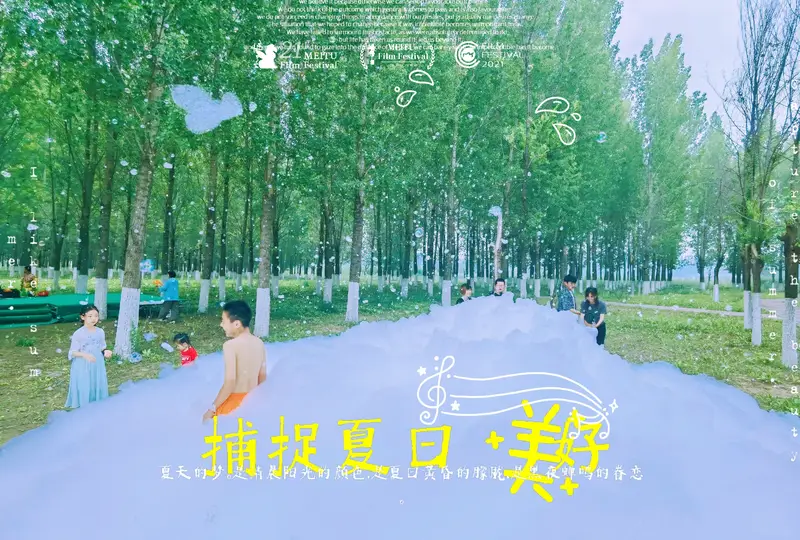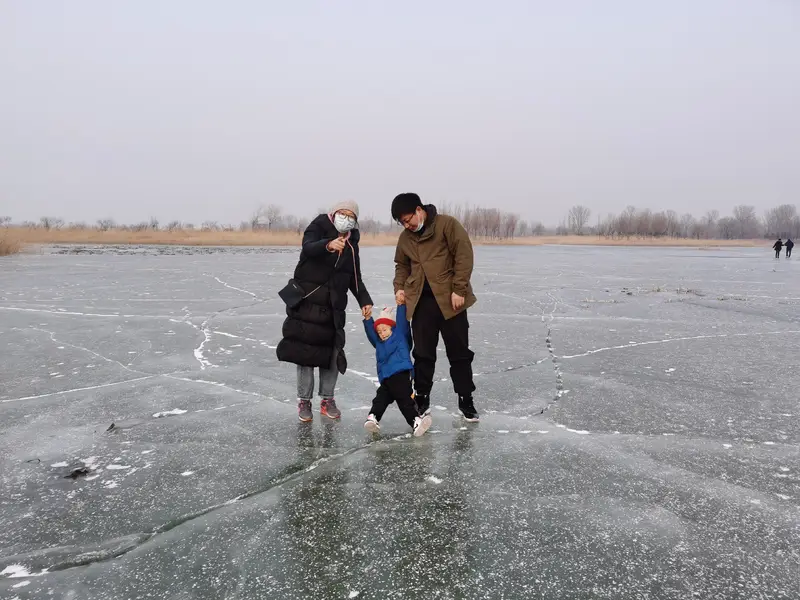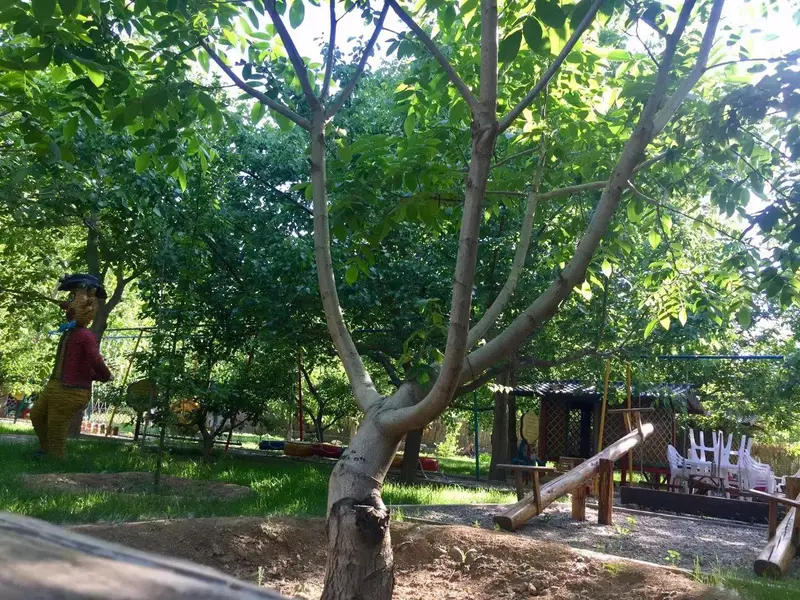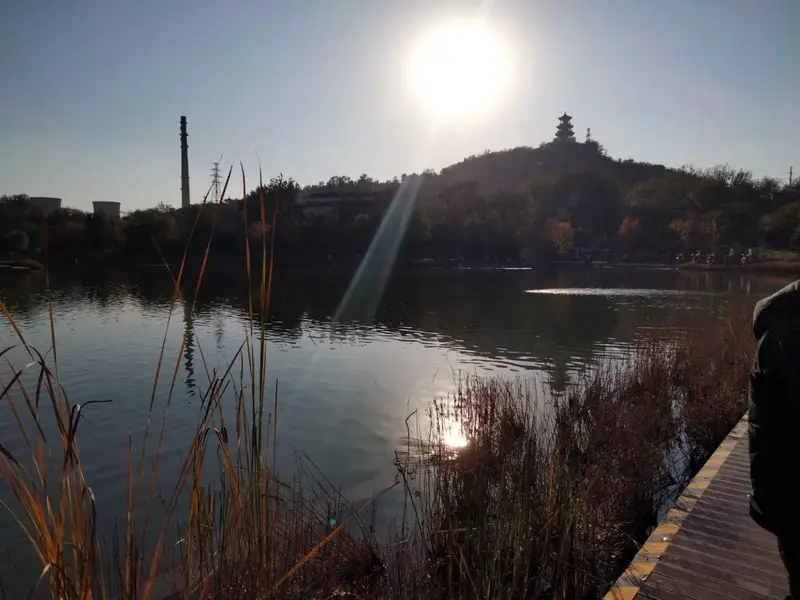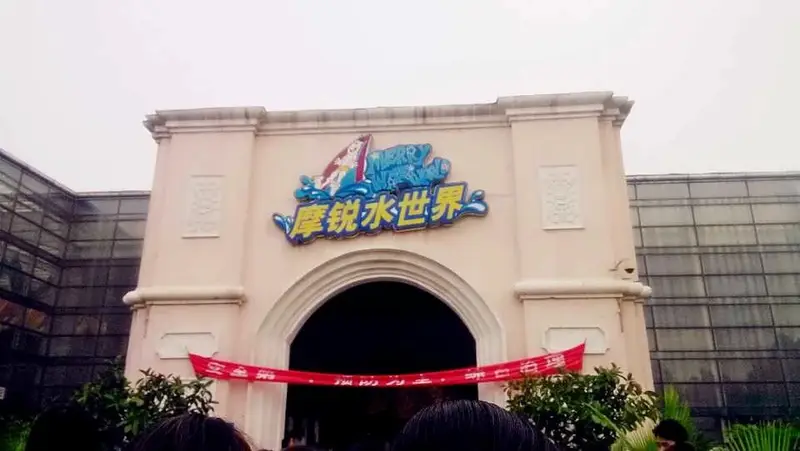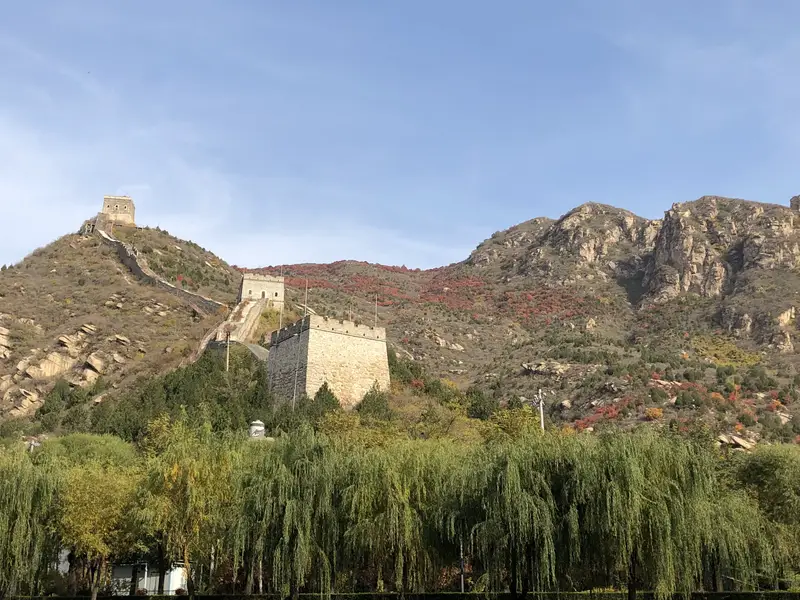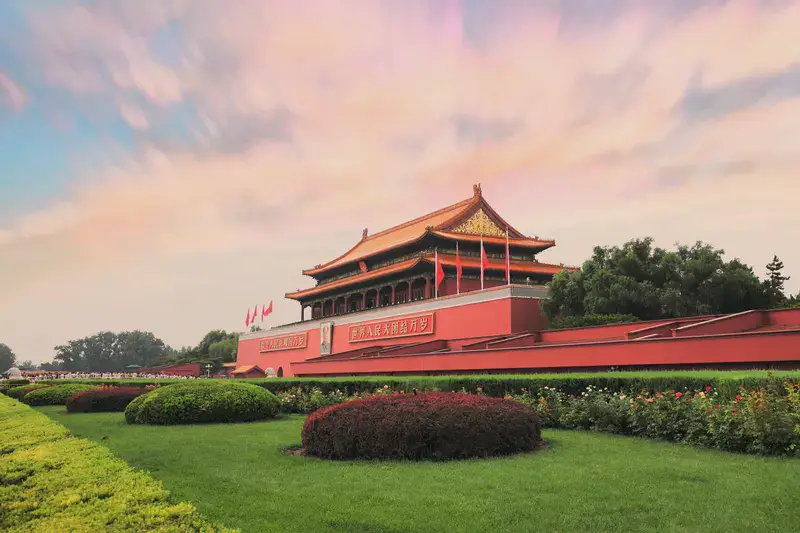Wangjiashan Village, nestled in Yanqing District of Beijing, feels like a hidden gem tucked away in the mountains. It’s about a 90-minute drive from downtown Beijing, so it’s perfect for a peaceful day trip or weekend escape. The village sits at the foot of lush hills, surrounded by forests and streams—ideal for anyone craving fresh air and nature. To get there, you can take a bus from Dongzhimen Station (Line 2) to Yanqing, then hop on a local taxi or shuttle. Driving yourself is even better, as the winding roads offer stunning mountain views along the way.
Natural Scenery: A Mountain Lover’s Dream
Wangjiashan Village is all about natural beauty. Think rolling green hills, dense forests, and crystal-clear streams that babble through the valley. In spring and summer, wildflowers blanket the slopes, while autumn paints the leaves in fiery reds and oranges—a photographer’s paradise. The air here is crisp and cool, especially compared to bustling city areas. For hikers, there are plenty of trails that loop through the village and up nearby peaks. One popular route takes you to a lookout point where you can see panoramic views of the entire valley. Bring your camera—you’ll want to capture every sunset!
Cultural Charm: Step Back in Time
What makes Wangjiashan Village truly special is its traditional vibe. Many of the houses here are centuries-old stone structures, with gray roofs and wooden beams. Locals still live simple lives, growing crops and raising livestock. You might spot elders sitting outside, weaving baskets or chatting—it’s like stepping into a time capsule. During festivals, the village comes alive with folk dances, homemade dumplings, and lanterns hanging everywhere. Even if you visit on a regular day, wandering through the narrow lanes feels like exploring a living museum. Don’t miss the old temple at the village entrance, where villagers leave offerings for good harvests.
Stay & Eat: Cozy Like a Local
Accommodation here is all about authentic experiences. Instead of hotels, try staying in a homestay (like a bed-and-breakfast) run by local families. They’ll treat you to homemade meals, often featuring fresh veggies and roasted meats cooked over open fires. For foodies, the village has a few small eateries serving yanqing-style noodles (thick and chewy) and mountain mushrooms (they’re a local specialty). If you’re feeling adventurous, ask a villager to teach you how to make traditional dumplings—it’s a fun way to connect with the community.
Outdoor Activities: More Than Just Hiking
Beyond walking, Wangjiashan Village offers tons of active fun. In summer, you can splash around in the mountain streams or rent a bike to explore neighboring valleys. Winter turns the area into a snowy wonderland—perfect for snow hiking or building frosty sculptures. For something relaxing, try fishing in one of the quiet ponds or picking apples at a nearby orchard. Guides are available for custom tours, whether you want to learn about local herbs or track wildlife.
Tips for Your Visit
- Best time to go: Late spring (May-June) or fall (September-October) for mild weather and colorful landscapes.
- What to bring: Sturdy shoes, a jacket (it gets chilly at night), and lots of memory cards for photos!
- Language: Locals speak Chinese, but younger residents might know some English. Learn a few basic phrases like “nǐ hǎo” (hello) or “duō shǎo qián” (how much?) to get by.
- Respect: Be mindful of village rules—don’t litter and ask before photographing people.
Wangjiashan Village isn’t about crowded sights or flashy attractions. It’s about slowing down, breathing clean air, and getting a taste of rural China. Whether you’re here for a day or a week, it’s a chance to swap city noise for the sound of wind rustling through pines. Trust me—once you’ve visited, you’ll want to keep Wangjiashan Village as your secret retreat!


